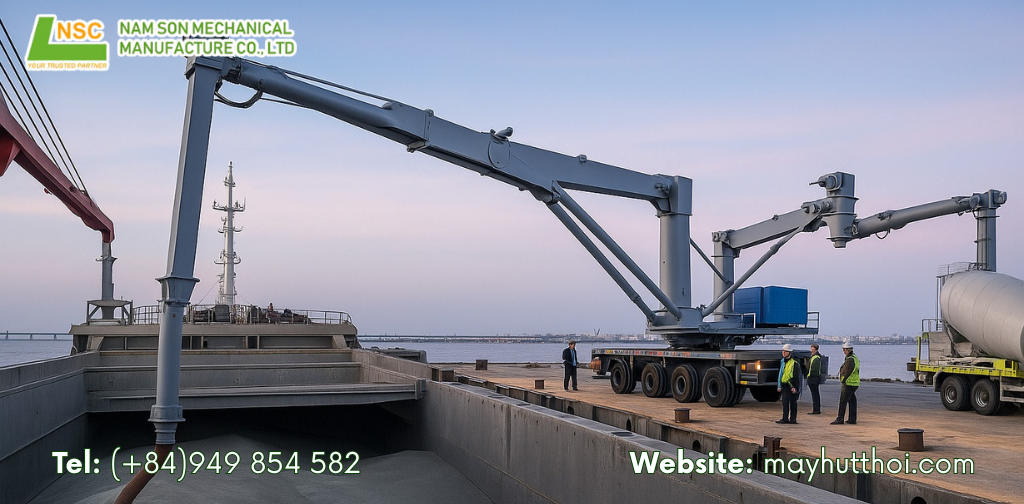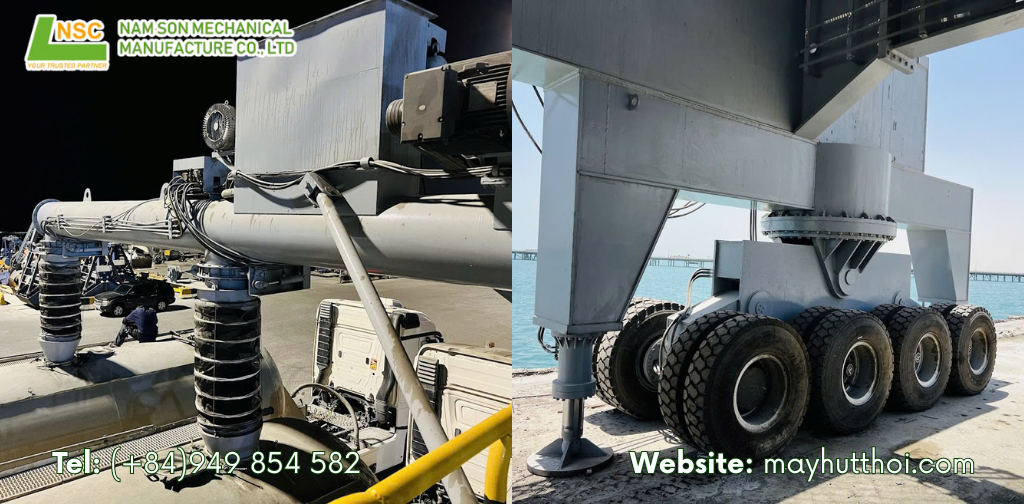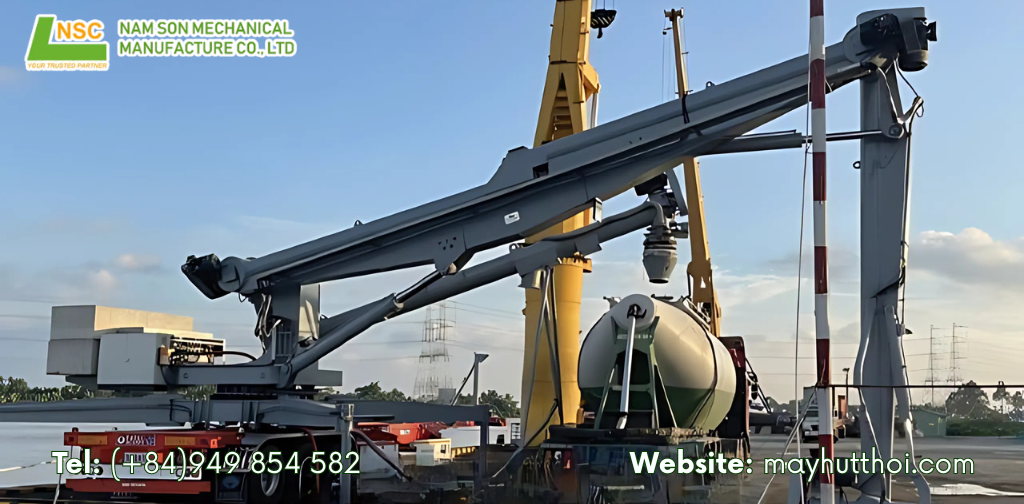


In the fast-paced world of global shipping and industrial logistics, ship unloaders play a critical role in transferring dry bulk materials from vessels to shore with precision and efficiency. Whether you're dealing with cement, fly ash, fertilizers, or grains, understanding how these machines operate and the differences between their types is essential for optimizing your port operations. This comprehensive guide explores what a ship unloader is, how it works, and why it's indispensable to bulk material handling systems across ports worldwide.
A ship unloader is a specialized machine used at ports to efficiently discharge bulk materials such as cement, fly ash, fertilizers, or grains from cargo holds of ships into onshore storage or processing systems. Also known as cargo ship unloaders, vessel unloaders, or bulk material unloaders, these systems are essential to modern port logistics worldwide.
From major terminals in Asia and Europe to smaller ports in developing countries, ship unloaders play a critical role in streamlining material handling processes, reducing environmental impact, and ensuring consistent product quality.
Ship unloaders operate by transferring dry bulk cargo from the ship’s hold to the shore using either pneumatic conveying systems or mechanical unloading systems, depending on the type of material and operational needs.
° In pneumatic unloading systems, a suction nozzle or hose is lowered into the ship’s hold. Negative pressure (vacuum) or positive pressure (compressed air) draws materials like cement or fly ash through enclosed pipelines toward silos or bagging systems.
° In mechanical unloading systems, devices like screw conveyors, bucket elevators, or chain conveyors physically extract and transport the material.
Regardless of the technology, modern ship unloaders are designed for seamless integration with belt conveyors, storage silos, and packaging lines, ensuring high efficiency and minimal material loss.
Pneumatic unloaders utilize pressurized air to transport fine and powdery materials, such as cement, fly ash, or mineral powders, through closed pipelines. These systems are ideal for operations that require strict environmental control, minimal dust, and low material degradation.
Pneumatic ship unloaders are commonly deployed at cement terminals, blending plants, and material transfer hubs across global ports. High-performance models are available at mayhutthoi.com, serving both the Vietnamese market and international clients.
Mechanical unloaders use rotating screws, buckets, or chains to handle granular or coarse materials like fertilizers, grains, or clinker. They are effective for bulk materials that do not require sealed systems but may need dust control solutions in urban environments.
You can find robust mechanical ship unloader systems tailored to heavy-duty applications at namsonco.com, a reputable supplier in the industrial sector.
In the cement industry, ship unloaders are crucial for unloading bulk cement or clinker from import vessels directly into storage silos or grinding units. Pneumatic systems are especially favored due to their enclosed design and ability to handle fine materials with minimal dust.
Beyond cement, ship unloaders are widely used in:
+ Agricultural terminals: unloading grains like corn, soybeans, and wheat
+ Fertilizer plants: handling moisture-sensitive and friable materials
+ Building material hubs: unloading fly ash, fine sand, and construction additives
Especially in coastal grinding plants, the ship unloader is the starting point of the production chain, ensuring material consistency and a steady supply of raw materials.
Implementing a modern ship unloader brings a host of benefits to port operators and material processors:
√High throughput rates: Many systems can unload between 100 and 300 tons per hour, significantly reducing vessel turnaround time.
√Material conservation: Enclosed systems reduce spillage and product loss during transfer.
√Dust-free operation: Particularly important when handling materials like cement or fly ash in populated areas.
√Lower labor costs: Automation reduces manual handling and maintenance time.
√Port versatility: Suitable for mobile or fixed operations, depending on available space and infrastructure.
=>> SEE MORE:A beginner's guide to cement ship unloading systems
Selecting the optimal ship unloader requires evaluating key factors:
- Material type: Choose pneumatic systems for powders like cement and fly ash; mechanical systems for granular loads like grains or clinker.
- Volume and frequency: Fixed high-capacity unloaders are best for continuous, large-scale operations.
- Available port space: For limited space, compact or mobile unloaders offer flexibility.
- Environmental regulations: For ports near urban or eco-sensitive zones, sealed pneumatic systems are ideal.
- Integration with downstream systems: Ensure compatibility with silos, conveyors, and packaging units.
To find the most suitable ship unloader for your operation, consult with experts at mayhutthoi.com or namsonco.com for solutions designed for global performance standards.
A ship unloader is an essential asset for any port handling bulk materials like cement, fertilizers, or grains. Its impact on logistics efficiency, environmental control, and operational safety makes it a core investment for modern bulk handling terminals.
Choosing the right unloader ensures smoother operations, less product loss, and long-term sustainability for your port facility.
Don't let outdated unloading equipment slow down your operations.
Visit Nam Son to explore high-performance ship unloaders tailored for cement and bulk material ports worldwide.
CONTACT US
Copyright © 2016 Nhuamisa